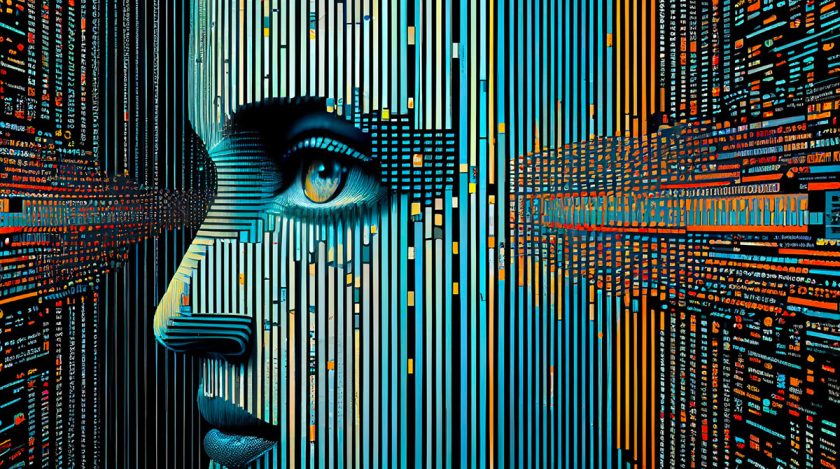Generative AI has the potential to radically transform marketing, combining personalization and efficiency to create engaging customer experiences that foster connection with brands. However, marketers and traders are just beginning to realize all the possibilities of its application.
The AI revolution began with the automation of repetitive tasks and the digitalization of traditional methods. But we can reimagine the essence of marketing by combining creativity with intelligence, personalizing the customer experience, and getting to markets faster.
This overview presents four real-life use cases where generative AI is becoming more than just a tool but a game-changer for marketers. From using generative AI to product visualization to improving customer experiences with augmented reality, these examples demonstrate how the multifaceted power of AI can be leveraged to deliver not only faster, but also smarter and more creative solutions.
1. Generative AI for e-commerce
Creating product descriptions for a large catalog can be time-consuming. This necessitates striking a fine balance between compelling writing that connects with consumers and SEO-friendly copy that assures prominence in search engines.
Tools like Shopify Magic and ChatGPT, which were recently released, enable automating the drafting of product descriptions based on keywords and recommended designs. Amazon is not far behind, having launched a generative AI tool to help merchants create “compelling product descriptions, headlines, and listing details.”
Possibilities
According to Shopify, millions of goods on its marketplace need descriptions. Furthermore, items without a relevant description diminish consumer confidence and are frequently unsold. How many times have you visited a product page in any online store and abandoned the purchase due to a lack of information?
But beyond the obvious benefits today, we see opportunities for future improvements. Imagine AI collaborators creating multiple product descriptions and simultaneously testing them on different channels. Dynamic A/B testing of personalized messages, and then synthesizing the results to optimize content based on consumer profiles.
2. Generative AI for Engagement
The creative use of generative AI to combine product ID data and business branding may produce visually appealing visuals.
Blending techniques are accessible through tools like ControlNet for StableDiffusion and growing AI firms. You may use properly trained models to create new visualizations by modifying current code and text clues. Blending utilizes the error-correcting mechanism included in QR codes, allowing the original data to be retrieved even if it is partially garbled or obfuscated.
Possibilities
You probably already know that QR codes are used for marketing, product tracking, advertising, and more. But QR codes often look boring: they are black and white, space-consuming elements in printed materials and product packaging.
Soon in retail marketing, we can imagine the revival of QR codes and the incorporation of branding into product identifiers.
3. Generative AI for Omnichannel Experience
Let’s take the previous example of QR codes and AI-generated art and add an augmented reality (AR) component. The combination of generative AI with AR has the potential to transform the retail consumer experience across all channels: in-store, online, and even after the purchase.
Possibilities
Marketers and advertisers may now consider how to surprise and excite customers wherever they are: straight from the product, in print, in-store, online, or via streaming media. Consider new interactions that arise from product packaging or automated pricing tags on shelves. This allows corporations to reimagine the future of retail completely.
4. Generative AI for developing customer personas
Generative AI can generate sophisticated and specialized client profiles by examining purchase history, interests, and other third-party data. A persona is a data-driven depiction of a group of customers that assists marketers in understanding their behavior, needs, and possibilities.
Classifying personas is a fundamental step in marketing for several reasons:
- Understanding the audience;
- setting up a communication;
- mapping the customer journey;
- content strategy.
Possibilities
Automating persona building using generative AI can lead to increased scalability and lower R&D expenses. Marketers would be able to create more personas to represent specialized market groups, which would be difficult to achieve manually owing to limited resources. Furthermore, when market circumstances change, AI systems may update personas in real time, ensuring that marketing plans are consistent with current customer behaviors and preferences.
Conclusion
The days of static, one-size-fits-all marketing assets will soon be behind us. Instead, we’re moving toward a future in which marketing visuals are as dynamic, diverse, and personalized as the customers they reach.
Generative AI is not just a tool, it is a catalyst for a revolution in marketing, and brands that adapt and harness its power will be at the forefront of this exciting new era.













